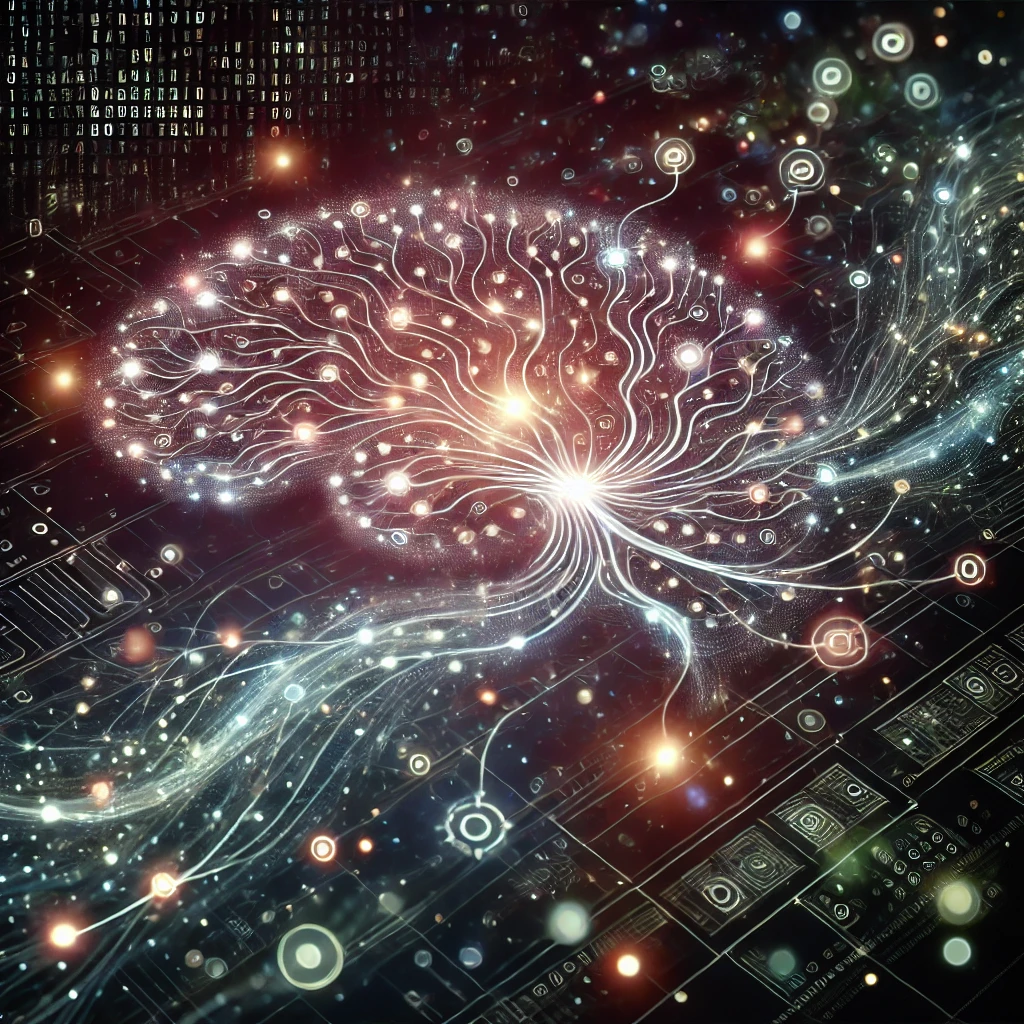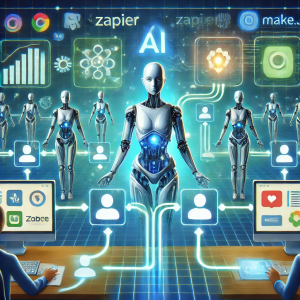Artificial intelligence has become an integral part of our lives, but understanding how it functions, particularly in terms of memory, can be a bit challenging. In this post, we’ll explore how ChatGPT-4, one of the most advanced AI models, stores and uses memory, the concept of vectorized memory, and the boundaries that exist in this memory system. We’ll also dive into how the vectorized format can lead to discovering new connections and insights.
How is Memory Stored in ChatGPT-4?
Memory in ChatGPT-4 works differently from human memory. Rather than remembering specific events or information in a way that we do, this AI model relies on something called “stateless memory.” This means that it doesn’t inherently “remember” past conversations between interactions unless explicitly designed to do so in certain applications. When memory is active, it relies on an advanced memory architecture where interactions are stored as part of a memory bank within specific sessions. The system uses these memory banks to create a seamless flow in ongoing interactions.
The core of this memory storage process happens in a vectorized format, meaning that text, ideas, and contextual understanding are converted into vectors, which are essentially mathematical representations that the AI can manipulate and work with.
What is a Vectorized Format?
At its essence, a vectorized format refers to transforming information (words, sentences, ideas) into numerical data that can be processed by machines. Words and concepts are turned into multi-dimensional vectors that represent meaning based on their relationship with other words and concepts. This format allows the AI to process language at scale and recognize intricate patterns that might otherwise go unnoticed by humans.
For instance, the word “king” might be represented as a vector with specific numerical coordinates in a high-dimensional space. The word “queen” would have a similar but slightly different vector. This closeness in their vector space illustrates the relationship between the two words. These vectors enable the AI to make sense of the relationships between various concepts and ideas and store them in a meaningful and manageable way.
Limits of Memory in ChatGPT-4
Although the memory system in ChatGPT-4 is impressive, it has some inherent limitations:
1. Session Boundaries
Memory is session-specific unless designed otherwise. This means the AI doesn’t inherently carry over knowledge from one conversation to the next in most general use cases. Memory storage is context-specific, meaning after a session ends, the memory is typically wiped.
2. Storage Capacity
Even within a session, memory is limited by a token cap, which refers to the number of words or pieces of information that the AI can process and retain. For ChatGPT-4, this token limit is around 8,000 tokens for the standard version and 32,000 tokens for the extended version. Once this limit is reached, older pieces of information might get overwritten or forgotten as the conversation progresses.
3. Statelessness
As mentioned earlier, ChatGPT-4 is generally stateless unless deployed with custom solutions for long-term memory. This means it treats each new interaction independently unless a memory function has been integrated specifically for an application.
How Can Vectorized Objects Lead to New Discoveries?
The vectorization of language has a fascinating side effect—it can lead to the discovery of novel connections between ideas. Since words and concepts are stored as mathematical vectors, the AI can analyze relationships between concepts in ways that go beyond surface-level understanding.
For example, if two concepts are represented by vectors that are close to one another in the AI’s vector space, it might suggest they share a deep underlying connection, even if this relationship isn’t immediately obvious to humans. This feature can lead to new insights or previously unseen relationships in fields like science, literature, or data analysis.
One practical application of this is in semantic search. When you search for something, instead of just looking for exact matches of keywords, the AI searches for the closest vector matches. This allows it to find information that might not use the same words but conveys the same meaning, significantly enhancing the quality of search results.
Vectorized Memory for Pattern Recognition
Vectorized memory also powers pattern recognition. By processing vast amounts of data and storing it in a high-dimensional space, ChatGPT-4 can identify patterns that humans might miss. This capability opens up new possibilities in fields like fraud detection, medical diagnosis, and even creative problem-solving, where non-obvious connections can spark innovation.
Conclusion
In summary, the memory function of ChatGPT-4 is built on vectorized representations of information, allowing the AI to process and store language in a mathematical format. While the system has its limits—like token capacity and statelessness—it still offers a remarkable ability to understand and recall information within a given session. More importantly, the use of vectors allows for the discovery of new connections between concepts, leading to deeper insights and innovative breakthroughs.
As AI continues to evolve, so too will its memory functions, pushing the boundaries of what we think machines can achieve. And as these capabilities improve, they will unlock even more possibilities for AI applications in various fields.
I, Evert-Jan Wagenaar, resident of the Philippines, have a warm heart for the country. The same applies to Artificial Intelligence (AI). I have extensive knowledge and the necessary skills to make the combination a great success. I offer myself as an external advisor to the government of the Philippines. Please contact me using the Contact form or email me directly at evert.wagenaar@gmail.com!
[SEO optimized]

